
My Story
- Who Am I, Today?
- In My Youth
- The Hacking Spirit
- Famous Hacks
- Programming
- Writing
- Education and Related
- Start-Ups
- Audio and Composing
- Leadership and Mentorship
Who Am I, Today? As with any individual, who I am has significantly changed over time. While this record of my achievements can be viewed as a nearly chronological series of events, my career progression never seemed so straightforward as it does in retrospect.
Who am I, today? That’s an easier question. I’m a hacker, programmer, author, composer, and leader. I’m spent the past 3 years as engineering VP at Mantra Health. I also serve on the board for Apprenti, a non-profit focused on promoting apprenticeship in technology.
In My Youth In my youth, I focused mainly on video games. I came from a series of ever-shrinking small towns in rural Indiana. When I was 8, I traded my hard-earned lemonade stand money-bought Nintendo for my friend’s Commodore 64. This was the 1980s, and you could borrow magazines full of basic code from the library. This was my first foray into the world of programming, and I was hooked.
The Hacking Spirit I’m a hacker, though perhaps that doesn’t mean what you think. I like to take things apart, improve them, and share what I find with others. This is the spirit of hacking.
Famous Hacks Not all of my hacking work can fit into the below categories. There are a number of devices, scripts, exploits, and tutorials I’ve done over the years related to hacking that may pique your interest. You can read more about them on my website http://www.hunterdavis.com or in my first book ‘Hacks.’
Zipit Z2 The Zipit Z2 was a wireless communications device for teens which was able to run Linux. I ported a number of popular softwares to this platform, and popularized it as a hacking device.
My YouTube video tutorials became popular and got a lot of folks interested in the Z2 hacking community.
It’s kind of funny that emulating Nintendo and Dosbox was what it took to popularize the Z2, as I had originally envisioned it as a portable Tor/Privoxy node for political dissidents. You can read the article where I detail porting Tor/Privoxy to this ‘new Z2 platform’ here
Regardless of where it started, I wrote many articles, released many videos, and inspired many folks to pick up a Z2 and start using Linux. You can still find thos articles and videos on http://www.hunterdavis.com.
The Dockstar The Dockstar is a networked media server that could be made to run Linux. I added an external video display to the Dockstar, ported a number of emulators and compilation systems, and used it as the basis for a compilation system (see my third book).
The IM-ME The im-me is a small pink radio text messaging device. A reader of my website had suggested I purchase one to see how it worked, and as it was only 14$ I decided to pick it up as a ‘filler’ item for free shipping on amazon.com.
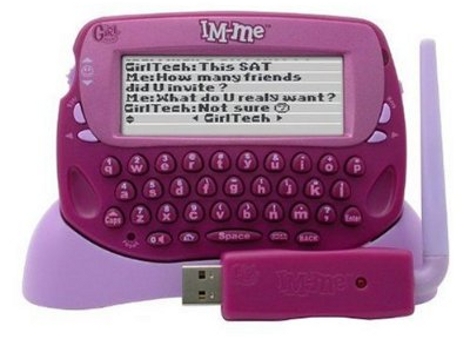
I reverse engineered the protocol that was used by the device to communicate with the driver and released it as a spreadsheet and unfinished protocol.
Others soon picked up where I left off and together we released a number of drivers for the device. It became a staple for hackers and was featured on blogs/hackaday many times.
This got the device into the limelight, and other hackers were able to write new firmwares for the radio unit and use this for frequency analysis. You probably heard about this when it was used to jam law-enforcement radios.
You can read articles related to my im-me work on http://www.hunterdavis.com.
Programming I’ve been programming for about 30 years now, and have written a some pretty cool stuff. Check it all out on my long-running blog and website http://www.hunterdavis.com.
GitHub On April 11, 2012 I created a script to generate GitHub projects from project folders.
I then set about open soucing 80 closed-source applications which I had previously written. This set a number of records and blew up in the blogosphere. My website traffic shot up to 4 million hits per day following the release, a marked increase.

65 Apps in 60 Days In the summer of 2011 I wanted to try and beat the “Jedi Challenge”, which is to create 30 applications in 30 days. After 30 days had passed, I decided that I should do it again, so I ended up completing 65 Android apps in 60 days, quite a feat! I called this the “Sith Challenge”, as it’s twice as hard as the Jedi challenge and generates income. They still generate a lot of downloads, I have over 1/4 million active users, and the most popular app is currently ‘Easy Cat Whistle’. You can check out all my apps on the Google Play store and on my website http://www.hunterdavis.com.
Source Tree Visualizer is an open source project that visualizes source control repositories as real growing trees. It started as a research project at my former startup Discursive Labs, but we felt it was too cool to let sit around somewhere on a hard drive. Part of this project was to visualize the most popular source repositories on github and google code, etc at the time. Some of these turned out with really interesting features and tall branches, etc. Here’s a tree of the closure compiler.

You can get the latest code, examples, media, etc from the github repository below. It’s all BSD licensed, so you can use it most anywhere :) https://github.com/huntergdavis/Source-Tree-Visualizer
QuickGrapher
Quickgrapher started as a research project at Discursive Labs. The goal of the project is to easily enable open source and freely licensed graphs for the everyday web user. You can get the latest version and the source code from github.
https://github.com/huntergdavis/Quick-Grapher
Easy Inventory Easy Inventory is the first Android app I ever wrote, and the first in the 60 day challenge. I ended up open sourcing it after a number of folks requested to use the source in their projects. You can check it out on the Google Play Store.
https://play.google.com/store/apps/details?id=com.hunterdavis.easyinventory&hl=en
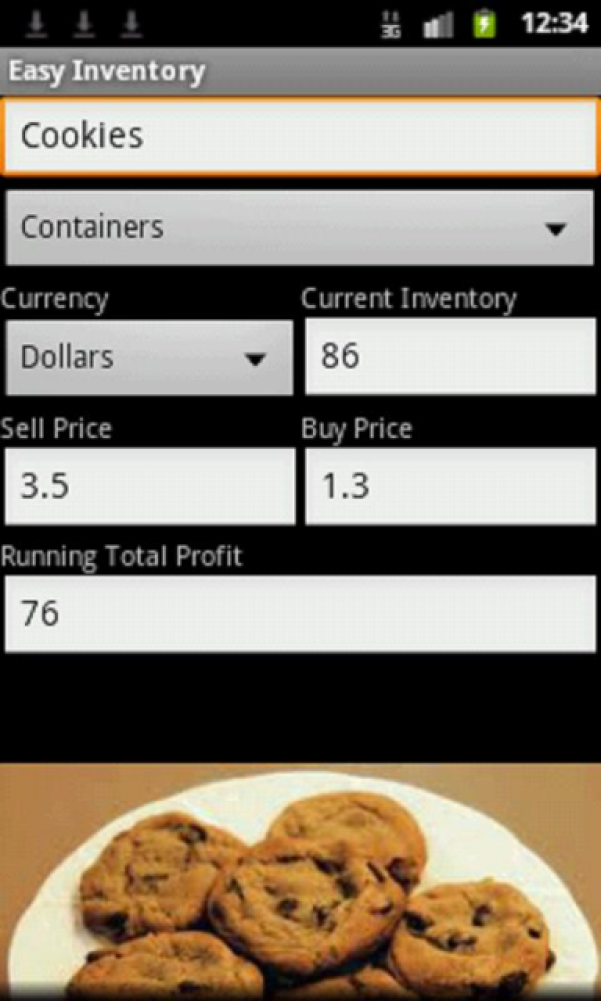
Super Simple RSS Super simple rss is a program designed to make the creation and editing of rss feeds easier for new users. It was one of the first programs I released publicly, back at the begining of the rss revolution. I released it back in 2003 and it has since been taken over by a group over at sourceforge. Grab the latest version at ssrss.sourceforge.net
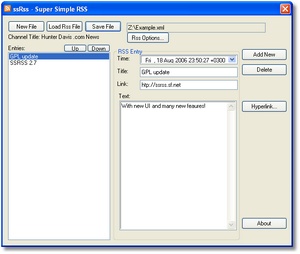
Title Bar Scroller Titlebar scroller was a little program, surprisingly popular in Japan, for scrolling books across any window titlebar. https://github.com/huntergdavis/titlebarscroller
Pop Them Balloons Pop Them Balloons! – The first game from the 5-Seconds mini-game and article series compilation has been released on the Google Play store. You can download it (for free) from the Play store. https://play.google.com/store/apps/details?id=com.hunterdavis.popthemballoons
Pop Them Balloons! is a casual game where you try to pop a certain number of different colored balloons within a time limit.

AutoRoboIntercom AutoRoboIntercom is your basic auto-discovering intercom system, with a twist or two. It can be used without an internet connection, and won’t compromise your security.
Simply load AutoRoboIntercom on your Android 2.1+ device and connect it to your Wifi network. You now have a robotic intercom system. That’s it, no configuration necessary (though you can set your room/user name from the menu.)
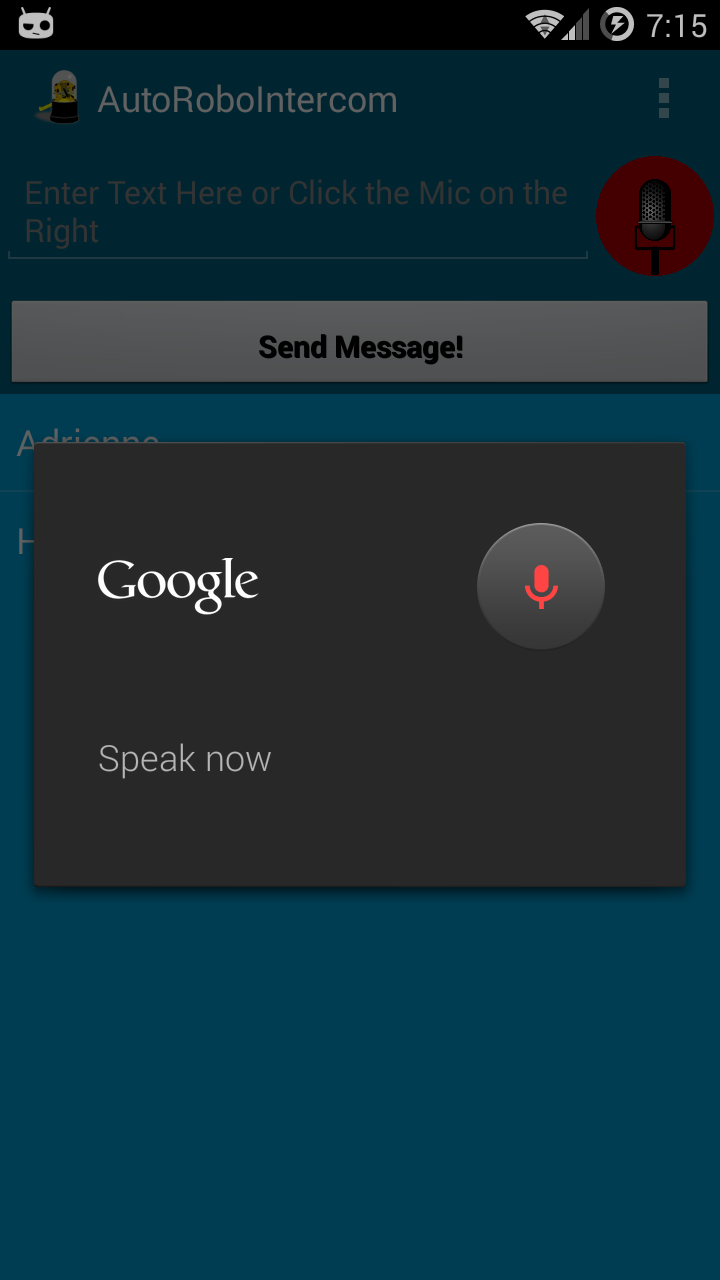
JSON Resume Viewer JSON Resume Viewer is a native Android application for viewing resume.JSON files natively on Android devices.
You can find out more about resume.JSON at: https://jsonresume.org/
Download directly from the Google Play Store at: https://play.google.com/store/apps/details?id=com.hunterdavis.jsonresumeviewer
Features:
- Open resume.json files directly
- Parses urls and attempts to display logos within resume.JSON files
- Launch urls and email addresses directly from within the app.
- Open-source at https://github.com/huntergdavis/json_resume
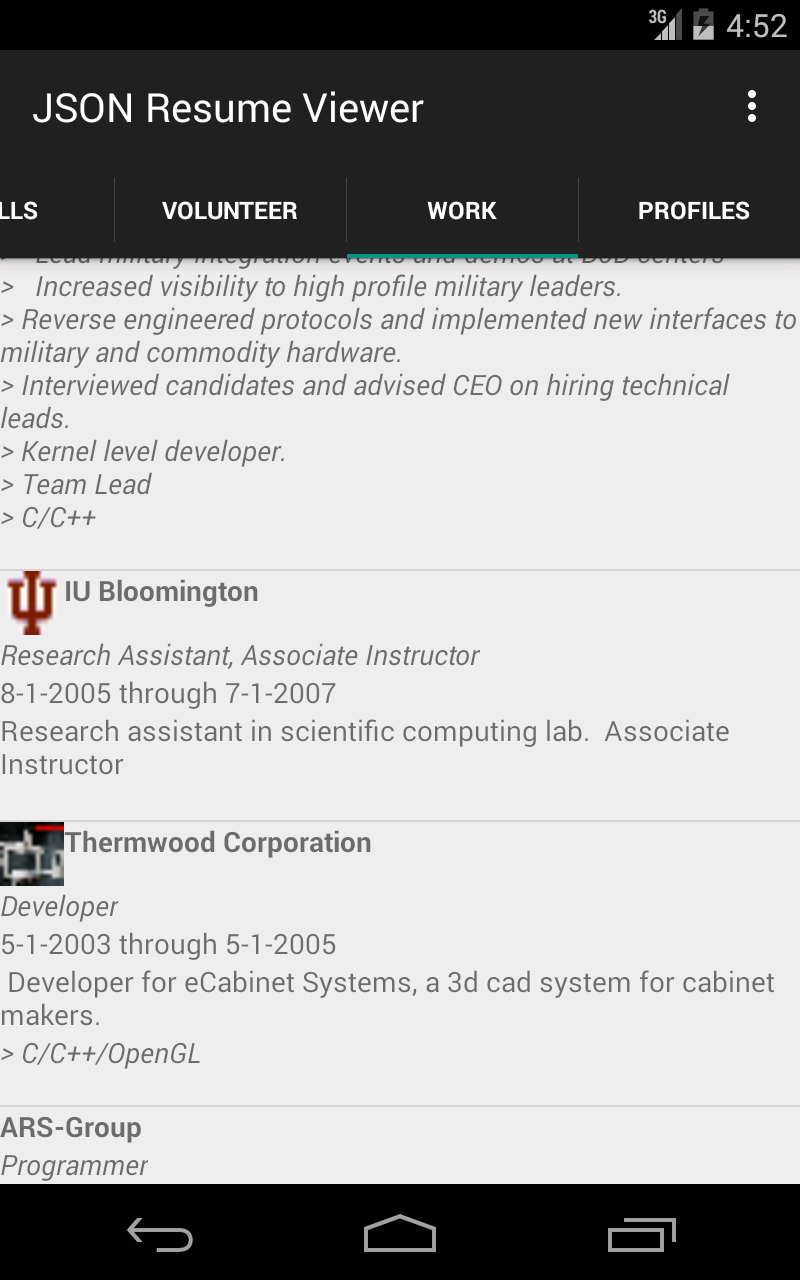
This is a game list viewer application. Allows you to view gamelist.JSON files created in any JSON gamelist generator. Downloads icons from websites, alphabetizes game lists, and is fast and completely ad free.
Fully open source at https://github.com/huntergdavis/jsongamelist
Download from the Google Play Store at: https://play.google.com/store/apps/details?id=com.hunterdavis.jsongamelistmanager
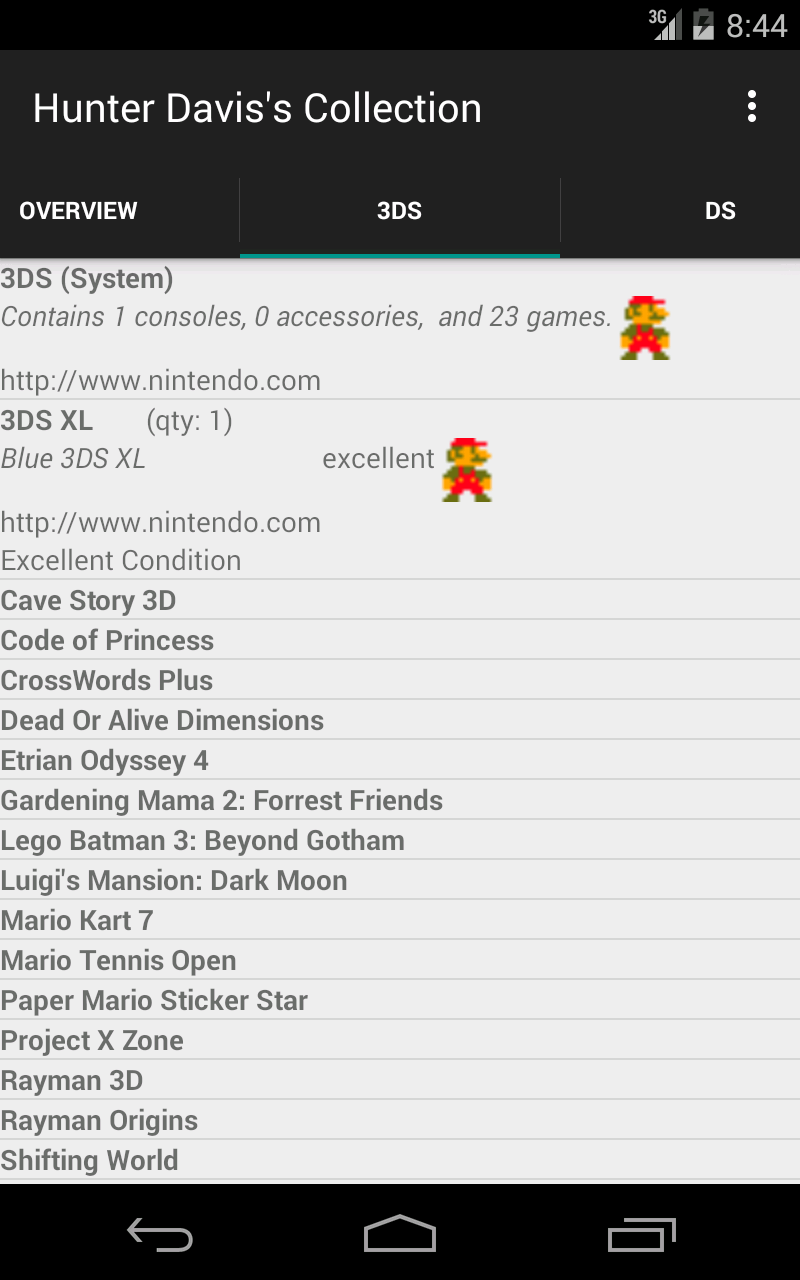
To date I’ve written 3 books. You can buy my books on every major bookstore, from iTunes to Google Play to Amazon and B&N. Just do an author search for “Hunter Davis”. You’ll find I’m often the top rated in the category (or I was 5-10 years ago ;) ).
Hacks
Hacks is a collection of my most popular tutorials, scripts, tweaks, Zipit Z2 work, and source code. Within these forty some chapters reside some of my most interesting work, and certainly some of the most viewed tutorials and hacks on the Internet today. Featured on Hackaday, Engadget, Make online, and hundreds of other blogs and forums, these hacks are meant to enlighten and entertain while providing the reader with concrete examples and launching platforms for future work. Whether you are wanting to reorganize your desktop, reboot your modem, port software to a new platform, administer a Linux box, or just entertain yourself on a lazy sunday, you’ll find something of interest in the chapters ahead. At just over 200 pages on most eReader devices it’s a terrific bargain and an excellent reference guide. Currently you can buy Hacks from
Barnes and Nobles Store
Amazon Store
Preview, purchase, and rent my books from Google Books in all territories (NO DRM, full copy-paste support).
Sony eBook Store
Kobo Store
Android Market
Apple and Apple App Store
Diesel eBook Store
Scrollmotion eBook Store
Smashwords eBook Store
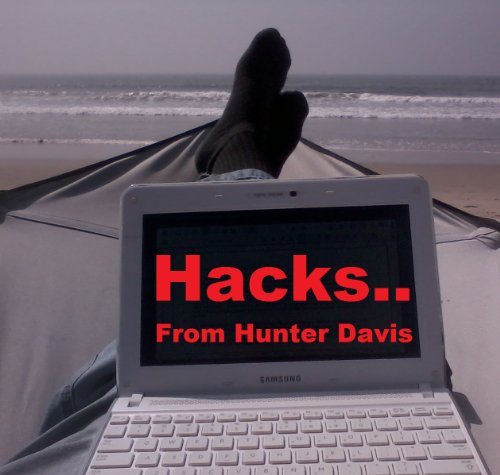
Live For Free Live For Free is an ebook I wrote and distributed in part on www.liveforfree.net from 2008 to 2010. In it, I chronicle the trials and tips I accumulated whilst saving for my startup, Discursive Labs. In a series of 27 easy to digest chapters, I detail the methodologies and money saving practices which allowed me to “live for free” and save the capital necessary to bootstrap a successful startup. From selling items online to gauging market fluctuations and historical pricing metrics, these concrete examples can help you save tremendous amounts of money, while still living the cutting edge high tech lifestyle. An enjoyable afternoon read, I present you this eBook in the hopes that it helps you, in a concrete and direct fashion, achieve your dream. It helped me achieve mine. Currently you can buy the book at: Barnes and Nobles Amazon Kindle Store Preview, purchase, and rent my books from Google Books in all territories (NO DRM, full copy-paste support). Sony eBook Store Kobo Store Android Market Apple and Apple App Store Diesel eBook Store Scrollmotion eBook Store Smashwords eBook Store

Build Your Own Distributed Compilation Cluster
My second eBook, Build Your Own Distributed Compilation Cluster - A Practical Walkthrough is a collected volume of my article series of the same name. Throughout the 6 in-depth how-to articles, I’ll take you through the process of building a fully working cross-compilation distributed build system. The canonical example is of building a distributed ARM to X86-64 cross-compilation cluster. This system is also generic enough to apply to most any compilation environment, while remaining powerful enough to outperform all but the most advanced compilation systems. With source code examples provided and easy step by step instructions, this 60+ page instructional eBook is a valuable introductory and practical resource for those interested in distributed compilation, cross compilation, low power computing clusters, and so much more. It’s also one terrific bargain, and an excellent reference. Currently you can buy the book at:
Barnes and Nobles
Amazon Kindle Store
Preview, purchase, and rent my books from Google Books in all territories (NO DRM, full copy-paste support).
Sony eBook Store
Kobo Store
Android Market
Apple and Apple App Store
Diesel eBook Store
Scrollmotion eBook Store
Smashwords eBook Store
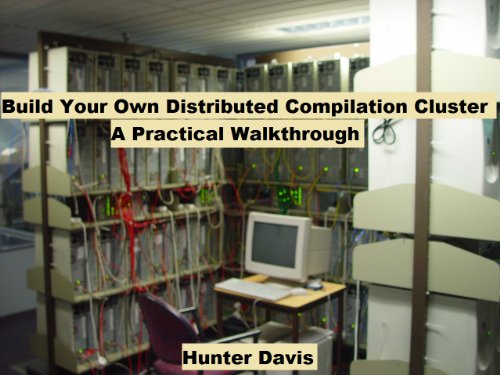
Oubastet’s Wager Oubastet’s Wager is a fable I wrote, then open-sourced. Here’s the announcement blurb:
I wrote a fable when I awoke this evening. It wasn’t perfect, but it’s out there and I like it. How then, will I track and improve it, sharing it with others? How would we know fables if they had not been shared? Where will our new fables come from? So I’m open-sourcing my fable. Your move Peter Molyneux.
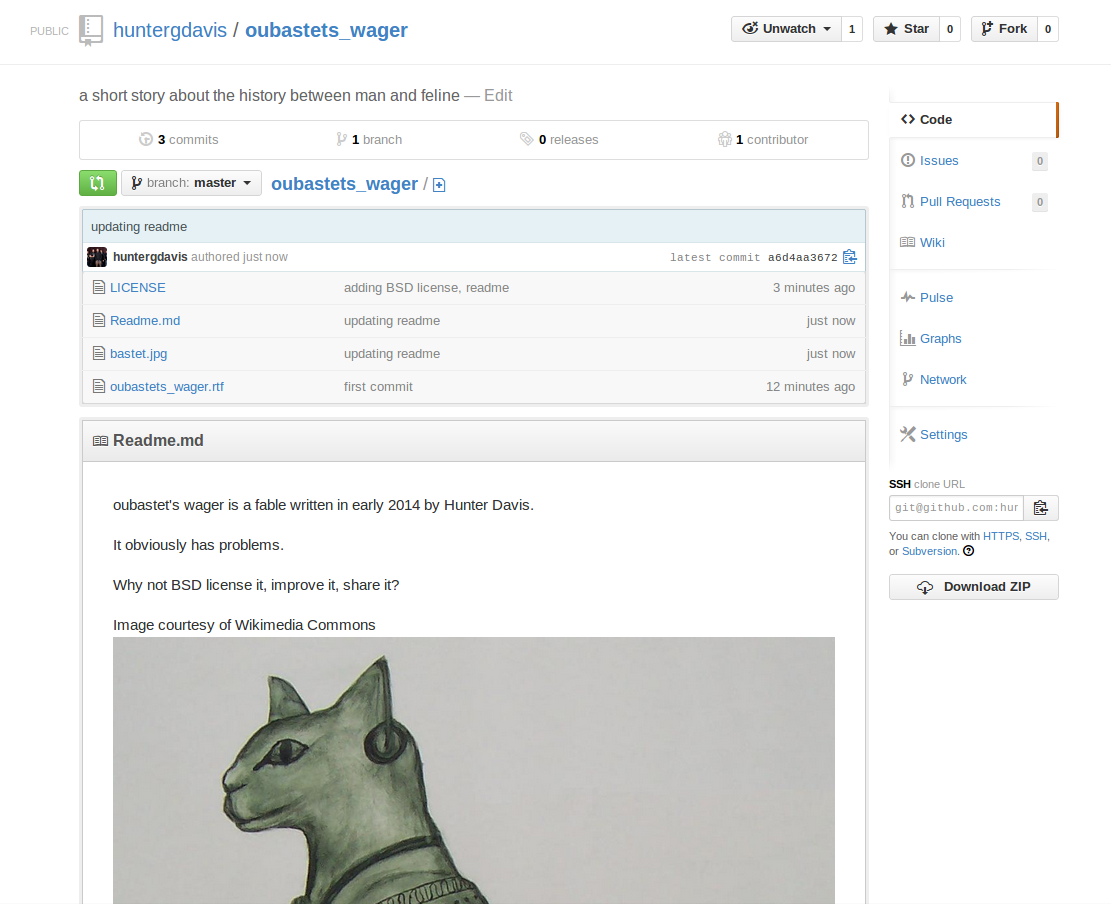
Education and Related 2005-2007 Indiana University Bloomington, IN Masters Degree in Computer Science, 3.72 GPA Focus in Scientific Computing, AI
Published in 2008, The Common Instrument Middleware Architecture, D.F. McMullen H. Davis, et al. As published in Grid Enabled Remote Instrumentation, ISBN 978-0-387-09662-9
1999-2003 University of Evansville Evansville, IN Bachelor of Science in Computer Science, 3.17 GPA Focus in Graphics, Core CS Awarded “Most Outstanding Project in Computer Science” - Senior Design Project
Start-Ups I’ve founded and joined a few start-ups over the years, and remain somewhat active in the scene.
Discursive Labs Discursive Labs was the startup I founded along with Mark Christensen that ran from 2010 to 2011. We were a bootstrapped startup that did a combination of military contracts and software research. The main fruits of our labors are the open source projects QuickGrapher and Source Tree Visualizer.
Miso Media Miso Media is a Los Angeles based Music startup funded by Google Ventures and 500 Startups. They make music education software for stringed instruments such as guitar and banjo. I joined them as their Android team lead in the summer of 2011, and led a team of their engineers at the TechCrunch Hackathon SF 2011. I later was instrumental to forming their web strategy, and ported their pitch detection technology and chromatic tuner emulator to HTML5 and Web GL.
Audio and Composing One running theme throughout my adult life has been my love of music and composition. I spent a few years as a radio DJ (91.5 WUEV), and I’ve had the opportunity to exercise my love of music professionally a few times.
Miso Media During my tenure at Miso Media I ported their proprietary pitch detection and FFT analysis algorithms to webGL and Javascript.
Air Beats Airbeats is an augmented realited drum kit I designed for the 2011 San Francisco TechCrunch Hackathon. I lead a team of designers, muscians, and engineers to create a fully working iOS and Android app in just under 15 hours. You can read an overview here, view a video of my colleague discussing it here, or watch me present it below.
</embed>
Rhapsody (Napster) In the spring of 2012 I joined the Android team at Rhapsody International. You can download the highly rated Rhapsody for Android app on the Google Play store (it has since been re-named to Napster.)
You could also download the highly rated Rhapsody SongMatch, which I also worked on. I was the lead developer on the Rhapsody + Ford integration project which launched at CES in 2013. I also led the Partner Integration team at Rhapsody, and have been the technical lead on a number of high-profile strategic partner launches. I was also the sole programmer on the failed Fanhattan set-top box. Though I left Rhapsody in 2016, I still have two audio related patents in the queue, and I’m still a shareholder in Napster (formerly Rhapsody.)
Guitar Building I enjoy woodworking and music, so it was natural that I would eventually build my own guitar. I enjoyed it immensely, and plan to build more instruments in the future.

Musical Composition I enjoy musical composition, and have a long love of music and musicology.
Here’s a couple of tunes I composed for one of my children’s games.
Leadership and Mentorship I’ve spent the last half of my life leading and mentoring teams and organizations.
Leadership I believe in servant-leadership, kindness, and empathy.
Mentorship I’ve created mentorship programs for the following companies: Scalable Networks, Miso Media, Rhapsody/Napster International, Avvo.